
The Scottish Blackface sheep breed originated in Scotland. There are many varieties of the breed and the quality and quantity of the breeds wool varies from the location in which it was bred.
They are one of the most numerous and common sheep breeds in Britain, make excellent mothers and are known for the outstanding quality and tasty meat production.
SCOTTISH BLACKFACE SHEEP QUICK PROFILE OVERVIEW |
|
|---|---|
| The Scottish Blackface sheep is a very hardy breed that quickly adapts to its surrounds and the climate. | |
| Country of Origin: | Scotland |
| Other Names: | Scottish Highland sheep, Scotch Blackface sheep, Scotch Horn Sheep, Blackfaced Highland sheep, Linton or Kerry sheep |
| Breed Size: | Large to medium |
| Main Purpose: | Meat and wool |
| Can be used for | Breed, **LSC, Meat, Wool |
| Temperament: | Docile |
| Ideal Climate: | Heat, Cold, Most climates |
| Conservation Status: |
Not listed by the *ALC Status/Rarity: Common |
| Health Issues? | No known health issues |
| Good Starter Sheep? | Novice to intermediate sheep farmer/keeper level |
| Sheep Associations: | Scottish Black Face Breeders Union and The Scottish Blackface Sheep Association |
| Sheep Clubs: | Please refer to the Scottish Black Face Breeders Union or The Scottish Blackface Sheep Association for more information |
| Note: *ALC stands for American Livestock Conservancy ** LSC stands for Landscape Management – the animal is used for controlling various vegetation growth |
|
PHYSICAL CHARACTERISTICS |
||||||||||||||||||||||||||||||||
|---|---|---|---|---|---|---|---|---|---|---|---|---|---|---|---|---|---|---|---|---|---|---|---|---|---|---|---|---|---|---|---|---|
| The Scottish Blackface sheep comes in many varieties which are marginally smaller or heavier. But mostly have a large frame with a long overcoat of wool and a shorter undercoat of wool. They have clean faces and long clean legs. Their head is covered with a wooly cap. | ||||||||||||||||||||||||||||||||
| Color(s): | White | |||||||||||||||||||||||||||||||
|
||||||||||||||||||||||||||||||||
EWE BREEDING & MILKING INFORMATION |
|
|---|---|
| The ewes breed once a year and mostly produce enough milk to wean their lambs. | |
| Breeding Period/cycle: | Usually lasts 24 to 36 hours |
| Estrous cycle: | Ave. 17 days/13 to 19 days |
| Gestation Period: | Usually, around 150 to 155 days but most gestation is 152 days |
| No. Lambs/Litter: | 1 to 2 with mature ewes being able to raise triplets |
| Lactation Period: | Usually, around 150 to 240 day but most are milked for 180 days |
| Milking From: | 4 to 6 weeks after lambing |
| Milk Quality: | Good |
| Milk Ideal for: | Lambs |
| You may Also Like: | 10 Best Sheep Breeds for Milk |
SHEEP MEAT PRODUCTION INFORMATION |
|||||||
|---|---|---|---|---|---|---|---|
| The Scottish Blackface sheep is not a very big breed of sheep, but they have a carcass with a good meat to bone ratio. And a high-quality lean lamb that is in demand with today’s health consciences society. Their meat has a superb flavor and is free of superfluous fat and waste which caters to the demands of butchers and consumers in today’s lamb/mutton markets. | |||||||
| Meat Production: | Yes, Quality: Excellent | ||||||
|
|||||||
| You may Also Like: | 11 Best Sheep Breeds for Meat Production | ||||||
SHEEP WOOL PRODUCTION INFORMATION |
||||||||||||||||
|---|---|---|---|---|---|---|---|---|---|---|---|---|---|---|---|---|
| The Scottish Blackface sheep has a class of its own as it is known as a specialty wool. There are variations on the type of fleece as to the spinning count, length, etc. It is dependent where the sheep were bred. For example, the southwest type has a finer wool with a Bradford count of around 40s and is classed a medium quality wool. The central type has a longer fleece and the wool is classed a deep, strong or long. The counts below are an average reported by the American Sheep Industry Association. | ||||||||||||||||
| Wool Production? | Yes, Quality: Variable dependent upon where the sheep were bred | |||||||||||||||
| Wool is used to Produce: | Various products depending on the quality. But are mainly used in the production of fine quality wool carpets. | |||||||||||||||
|
||||||||||||||||
| You may Also Like: | 18 Best Wool Producing Sheep Breeds | |||||||||||||||
SHEEP SKIN PRODUCTION INFORMATION |
|||||||
|---|---|---|---|---|---|---|---|
| They are not primarily bred for their sheep skin production. Although their skin is or has at some time been used for the production of some form of sheep skin product such as chamois, etc. | |||||||
| Skin Production? | N/A | ||||||
| Skin is used to Produce: | Kid skin leather products such as shoes, car seats, fine leather coats, gloves, etc. Chamois cloths, leather goods such as seats, shoes and other garments and leather materials such as furniture, etc. |
||||||
|
|||||||
GOOD TO KNOW ABOUT THE ROMNEY SHEEP |
|
|---|---|
| A few more interesting facts to know about the breed | |
| Child-Friendly? | No livestock should be left unattended around unsupervised children |
| Landscape Management? | They are excellent at landscape management |
| Where to buy them? | Please refer to the Scottish Black Face Breeders Union and The Scottish Blackface Sheep Association for more information |
| General Information: | Blackface ewes make excellent mothers and will defend their lambs against most predators with courage and vigor. The finest of the Scottish Blackface wool is sent to the Harris twee trade. |
HISTORY
Although the actual origins of the breed is not really known it was developed on the Anglo-Scottish border but there is no clear indication of precisely when it was deemed a breed.
The breed replaced the Scottish Dunface sheep breed which was a short-tailed sheep breed which is thought to have been similar in appearance to the Shetland sheep breed.
The Scottish Blackface sheep breed is the most prominent sheep breed in the Bristish Isles. There are various different types of the Scottish Black Faced sheep breed that have been developed over the years with the most common of the varieties being the Perth variety. This variety tends to have a longer coat and is larger than most of the other Scottish Blackface sheep breeds.
The first Scottish Blackface Highland sheep were introduced to America in 1861.
Video
USEFUL LINKS
- United States Lamb Resource Center
- American Sheep Industry Association
- American Sheep Industry Association List of Breed Associations & Standards
- American Milk Sheep Association
- Dairy Sheep Association of North America
- American Wool Council
- Fur Commission USA
- North American Meat Institute
- American Lamb Board
- National Lamb Feeders Association
- American Livestock Conservancy
- Animal Shelter (ASPCA)
- American Veterinary Medical Association
- American Animal Welfare Society
- American Animal Control
- American Animal Husbandry Society
- United States Department of Agriculture
 Awassi Sheep Breed – Everything You Need to Know
Awassi Sheep Breed – Everything You Need to Know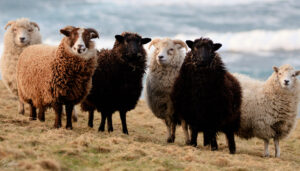 Discover Sheep Breed Diversity: A Comprehensive Guide
Discover Sheep Breed Diversity: A Comprehensive Guide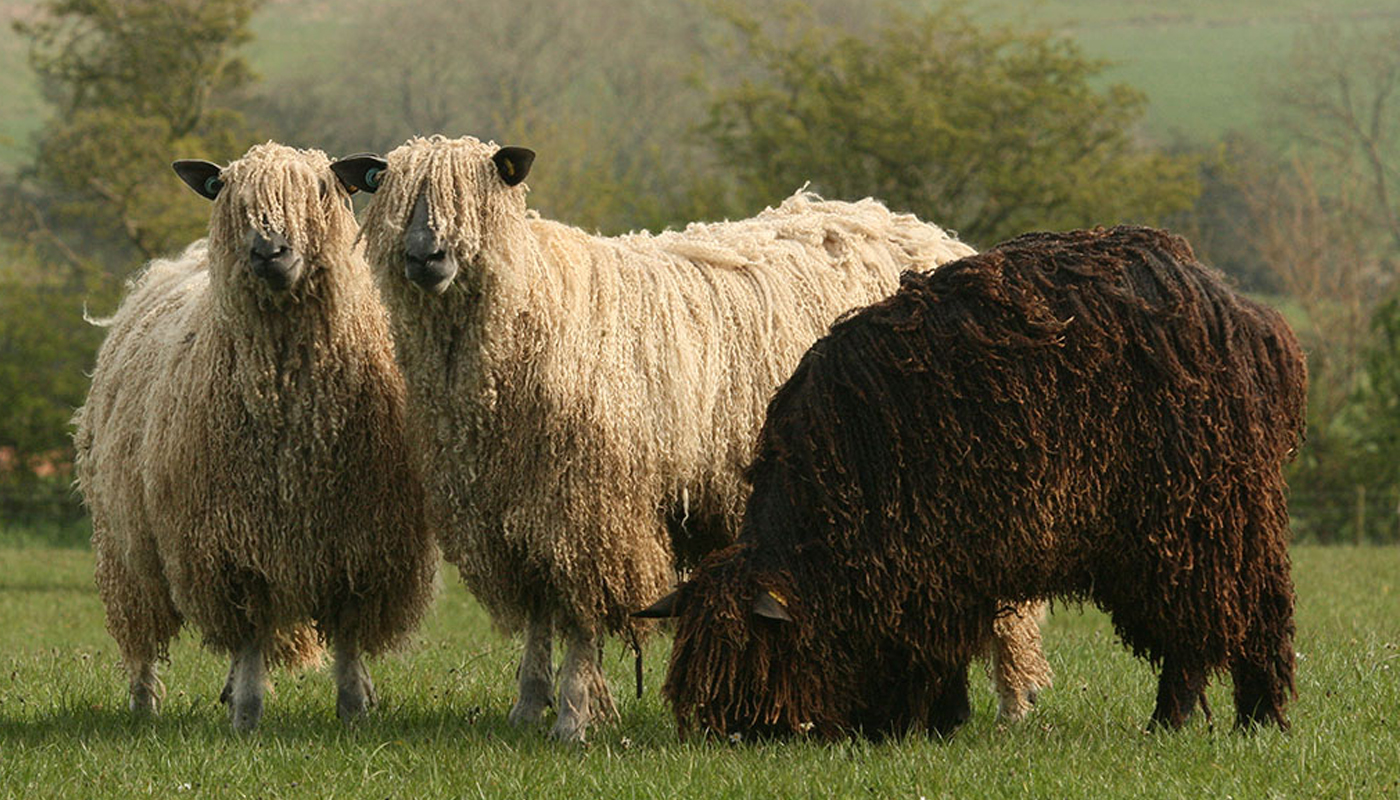 Wensleydale Sheep Breed – Everything You Need to Know
Wensleydale Sheep Breed – Everything You Need to Know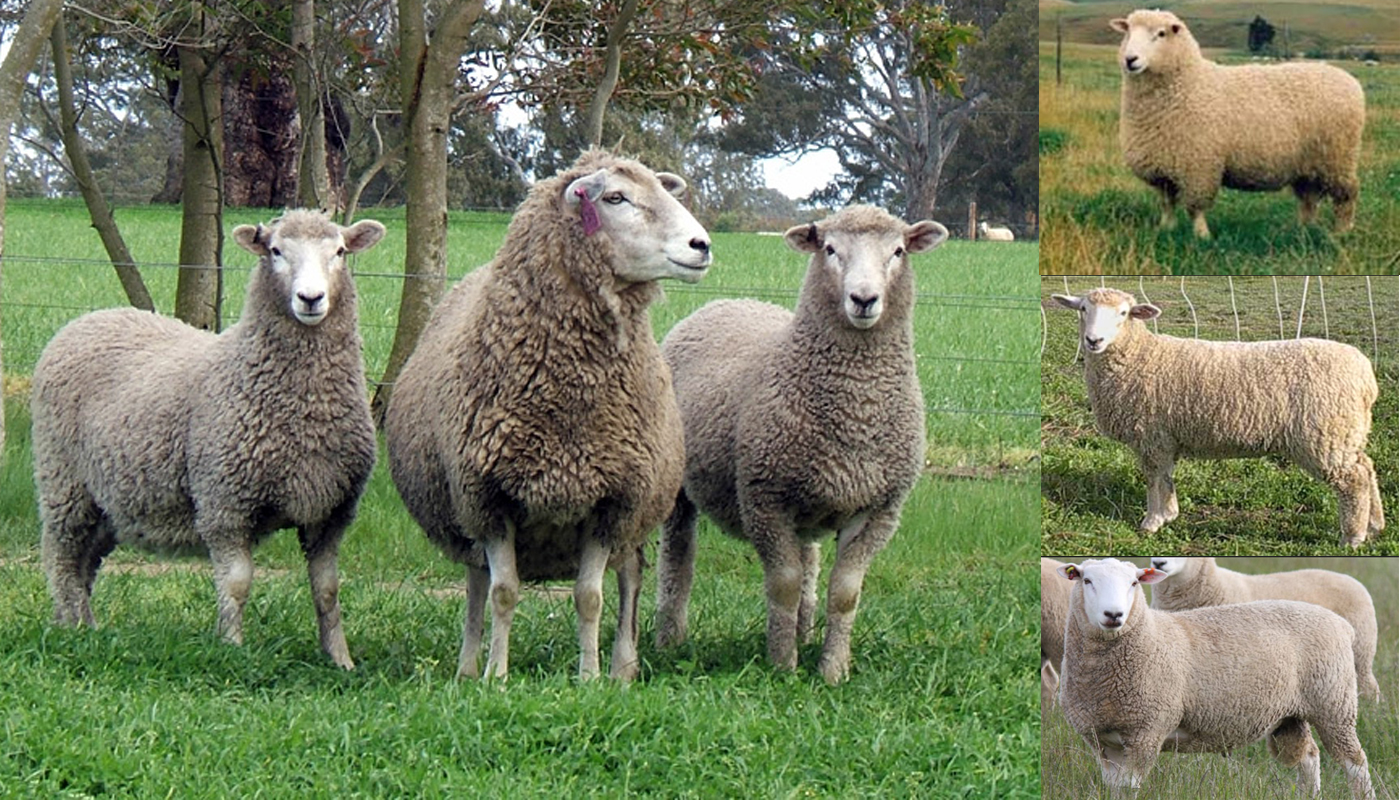 Coopworth Sheep Breed – Everything You Need to Know
Coopworth Sheep Breed – Everything You Need to Know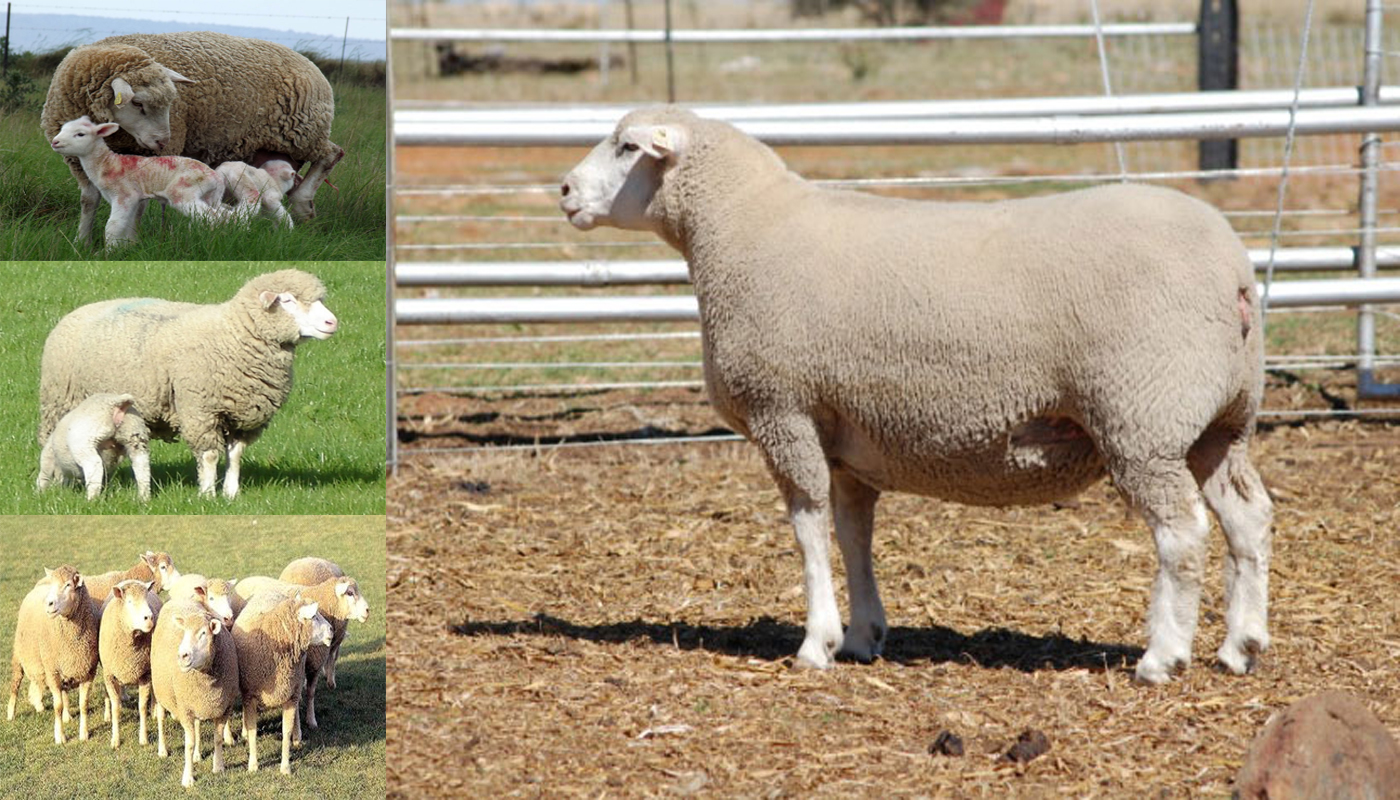 Ile-de-France Sheep Breed – Everything You Need to Know
Ile-de-France Sheep Breed – Everything You Need to Know Top 20 Best Native British Sheep Breeds
Top 20 Best Native British Sheep Breeds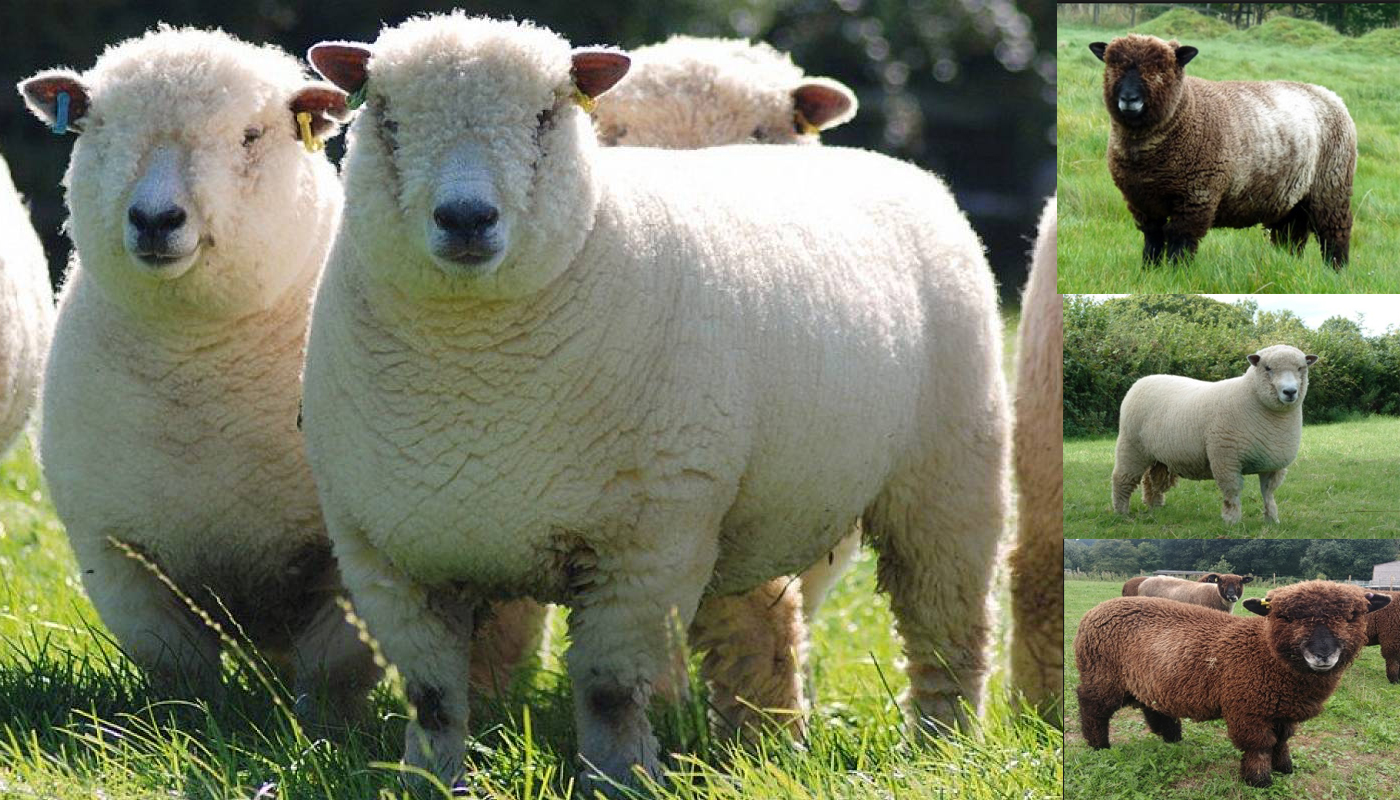 Ryeland Sheep Breed – Everything You Need to Know
Ryeland Sheep Breed – Everything You Need to Know Texel Sheep Breed – Everything You Need to Know
Texel Sheep Breed – Everything You Need to Know Merino Sheep Breed – Everything You Need to Know
Merino Sheep Breed – Everything You Need to Know Dorset Down Sheep Breed – Everything You Need to Know
Dorset Down Sheep Breed – Everything You Need to Know 10 Best Sheep Breeds for Milk
10 Best Sheep Breeds for Milk Soay Sheep Breed – Everything You Need to Know
Soay Sheep Breed – Everything You Need to Know